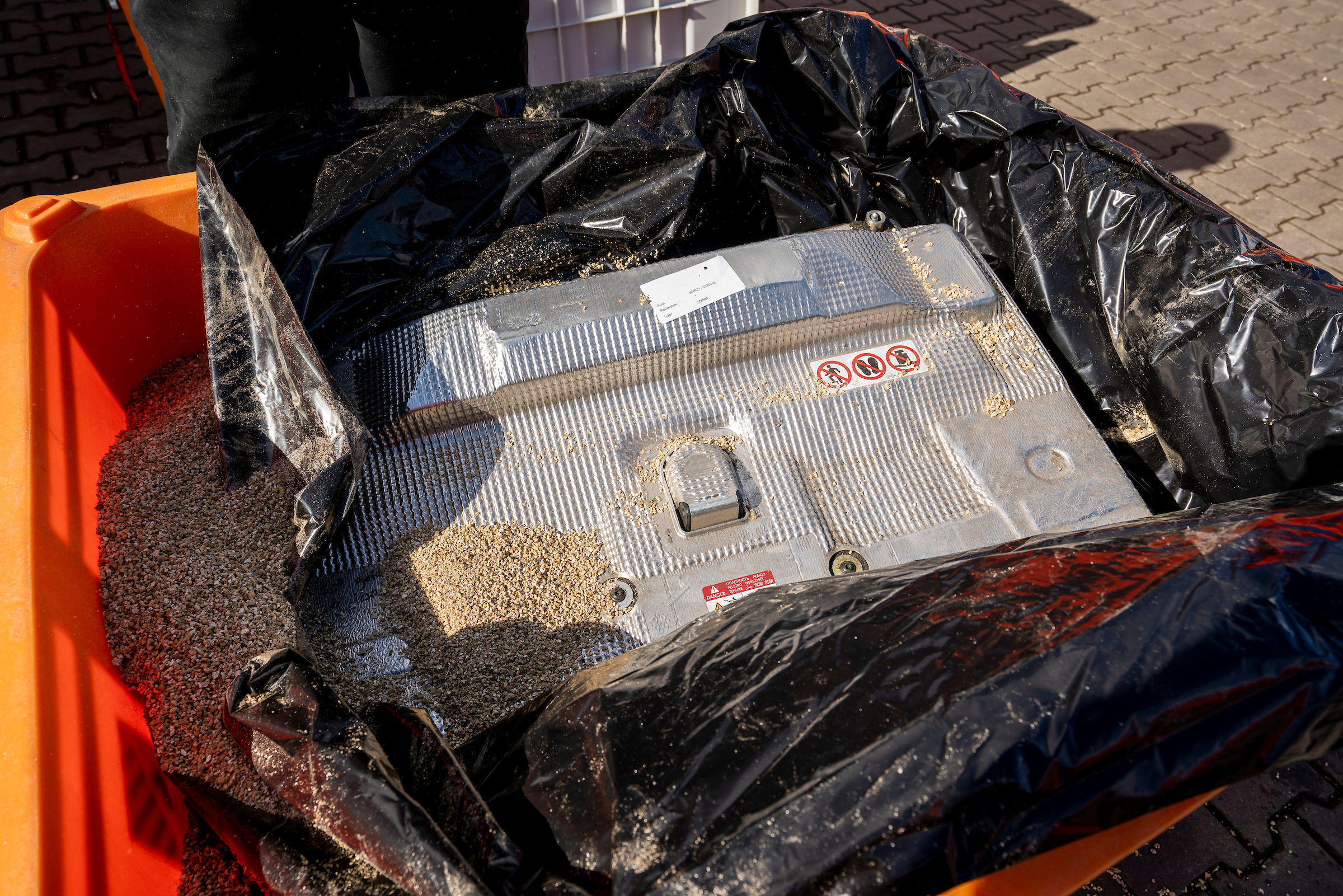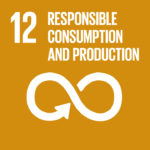More drive batteries will lead to greater financial obligations
Prediction model gives insight into the management contribution for drive batteries

Drive batteries are collected and processed according to the ARN Management Plan. Participating car importers finance these activities with a fee paid per battery. With the number of electric cars growing exponentially, a fund is being accumulated to help meet future obligations. In 2020, ARN established a prediction model that takes all developments into account in determining annual management contributions.
The purpose of the prediction model is to more accurately set these management contributions, while taking into account future obligations. Among other things, it includes prognoses of the future costs of collection and processing. To generate an as accurate-as-possible prediction of when, how many and what type of batteries will reach end-of-life, the model also factors in the estimated lifespan of drive batteries, as well as exports of electric cars, etc. And to further improve the accuracy of the estimation, the average weight is also factored in.
Developing quickly
“The market is developing so quickly that it makes sense for all the various factors that can influence the costs that producers will face in meeting their responsibilities to be modelled as accurately as possible,” says ARN’s Battery Manager Janet Kes. “This model will be updated every year, with figures and developments from the past year so that these can be extrapolated into future expectations. This will enable us to arrive at a weighted estimation of what the fund will need to be, as well as the associated management contributions. It means we’ll be able to look five years into the future, on the basis of what we know today.”

Life cycle matters
ARN is providing input for the model, based on various sources. These include sales figures from the RAI Association and export data from vehicle-fleet statistics. It makes a significant difference whether a battery lasts for 15 years or needs replacing after just 10. “We have based the calculation model on a conservative estimate, in which we predict there will be a growing number of end-of-life batteries from a life-cycle of about 10 years,” explains Kes. “After having being used for this long, we expect the proportion of end-of-life car batteries that might be suitable for second-life use to decrease.”
Finger on the pulse
In the context of its Climate Plan, the Netherlands Government wants all new passenger cars entering the market in 2030 to be emission-free. In practical terms, it means that from then on, a large number of new cars will be equipped with this type of battery. Technology is developing quickly and surprising innovations cannot be ruled out during the next few years. “In such a rapidly developing market, it is incumbent on us as an implementing organisation to keep our finger firmly on the pulse of product responsibility. The prediction model makes an important numerical contribution,” concludes Kes.
Sustainable Development Goals
For the fourth year, ARN has measured itself against the benchmarks of the Sustainable Development Goals (SDGs) in the context of being “lean and green”. The SDGs depicted here apply specifically to the content of this page.






